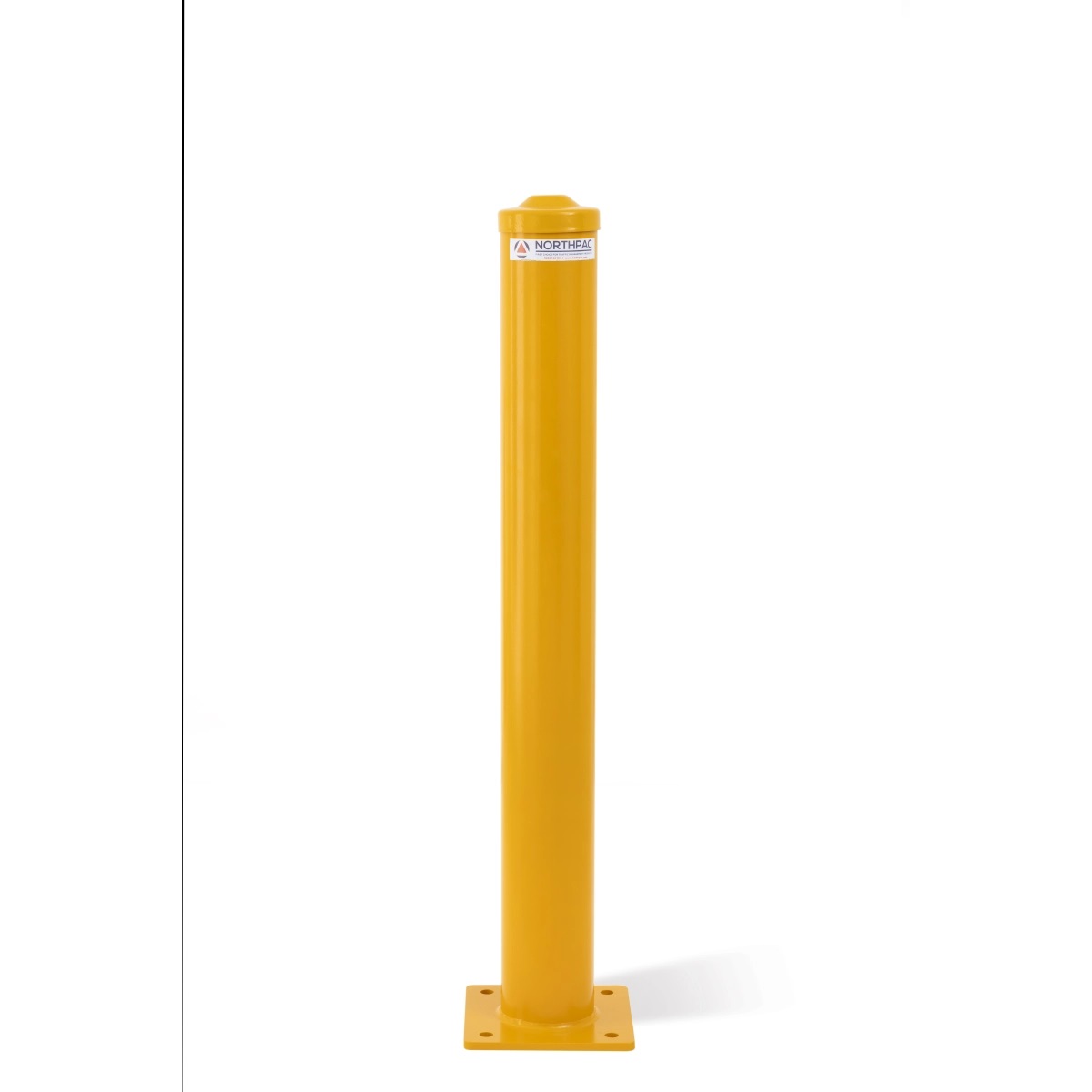In the ever-evolving landscape of urban planning and security, the importance of robust protective measures cannot be overstated. Bolt down bollards have emerged as a crucial component in safeguarding public spaces, buildings, and infrastructure against various threats. These versatile and effective barriers play a pivotal role in enhancing safety and security while seamlessly integrating into the urban environment. In this article, we will explore the significance of bolt down bollards, their applications, and the key considerations in choosing and installing these protective elements.
Understanding Bolt Down Bollards:
Bollards, in general, are sturdy, short, vertical posts designed to control and direct vehicular or pedestrian traffic. Bolt down bollards, as the name suggests, are installed by affixing them to the ground with bolts, providing a semi-permanent or removable security solution. These bollards are particularly valued for their flexibility, allowing for strategic placement and reconfiguration based on evolving security needs.
Applications in Urban Security:
Bolt down bollards find wide-ranging applications in urban security, contributing to the protection of critical infrastructure, public spaces, and crowded areas. Their versatile nature makes them suitable for various environments, including city centers, transportation hubs, government buildings, commercial complexes, and public event venues. The primary functions of bolt down bollards include:
- Vehicle Mitigation: One of the critical roles of bolt down bollards is to prevent unauthorized vehicular access or to mitigate the impact of a vehicle-borne threat. Placed strategically, these bollards act as a deterrent against vehicle ramming attacks, providing a layer of defense for crowded areas.
- Perimeter Security: Bolt down bollards are effective in defining and securing perimeters. They can be strategically placed to create a protective barrier around sensitive locations, deterring unauthorized access and enhancing overall security measures.
- Pedestrian Safety: In addition to protecting against vehicular threats, bolt down bollards contribute to pedestrian safety by guiding foot traffic and creating designated walkways. This is especially important in areas with high pedestrian density.
- Anti-Terrorism Measures: Bolt down bollards are integral components of anti-terrorism measures in urban planning. They are designed to withstand and absorb impact energy, minimizing the potential damage caused by intentional vehicular attacks.
Key Considerations in Choosing Bolt Down Bollards:
Selecting the right bolt down bollards involves considering various factors to ensure they effectively meet the specific security needs of a particular environment. Some key considerations include:
- Material and Durability: Bolt down bollards are available in various materials such as stainless steel, concrete, and high-strength alloys. The choice of material depends on the level of security required and the environmental conditions. Stainless steel is often preferred for its durability and resistance to corrosion.
- Impact Resistance: The ability of bolt down bollards to withstand impact is crucial. Bollards designed for anti-terrorism purposes are engineered to absorb and redirect energy, minimizing damage caused by collisions.
- Installation Flexibility: The bolt down design offers flexibility in installation and reconfiguration. This adaptability is essential for urban planners and security professionals to respond to changing security threats and requirements.
- Aesthetics and Urban Integration: Bolt down bollards should seamlessly integrate into the urban landscape without compromising aesthetics. Some models offer customizable finishes to complement the surrounding architecture and maintain the visual appeal of the area.
- Accessibility: Consideration should be given to accessibility requirements. While providing security, bolt down bollards should not impede the movement of pedestrians or access for emergency vehicles.
Installation and Maintenance:
Proper installation and regular maintenance are crucial for the effectiveness of bolt down bollards. The installation process involves securing the bollards to the ground using bolts and anchors. A professional assessment of the site, including soil conditions and load-bearing capacity, is essential to ensure the bollards can withstand impact forces.
Regular maintenance checks should be conducted to inspect for any signs of wear, damage, or corrosion. Bolts should be tightened as needed, and any issues should be promptly addressed to maintain the integrity of the security barrier.
Conclusion:
Bolt down bollards have become indispensable elements in urban security planning, providing a versatile and effective solution to protect against a range of threats. From safeguarding iconic landmarks to securing everyday public spaces, these bollards play a vital role in creating resilient and secure urban environments. By carefully considering factors such as material, impact resistance, and installation flexibility, urban planners and security professionals can implement bolt down bollards that not only enhance safety but also seamlessly integrate into the aesthetic fabric of our cities. As our urban landscapes continue to evolve, the role of bolt down bollards in fortifying our public spaces remains paramount.





Comments